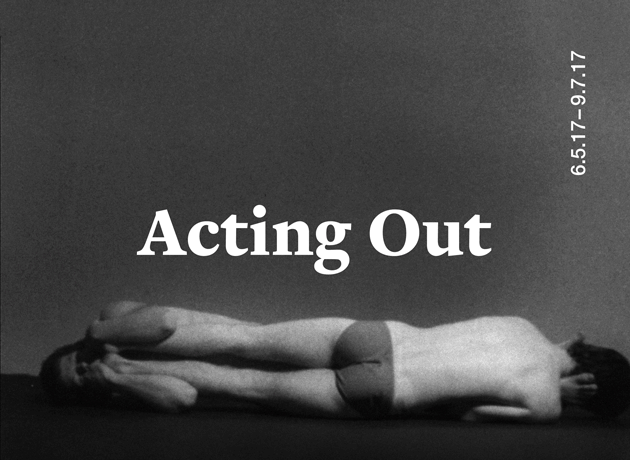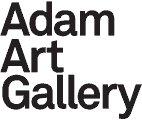Acting Out

Acting Out
Jack Body/John Miller, Edward Bullmore, VALIE EXPORT, Sarah Lucas, Sarah Munro, Glenn Otto, Pipilotti Rist, Signe Rose, Sorawit Songsataya
Curated by Stephen Cleland
6 May – 9 July, 2017
What then are the stereotypical characteristics of that typical New Zealander? He belongs to a ‘passionless society’ where people are reticent, where sensuality is suspect, where men do not cry … Much of New Zealand music is characterised by an emotional restraint that borders on inhibition.
–Jack Body
Acting Out surveyed a selection of New Zealand and international artists who address the physicality of the body. The exhibition presented art works produced over the past four decades that in various ways exhibit relations between bodies and forms. Situating the body as both the subject and means of producing their work, these practitioners investigate the ongoing entanglement of the body with the making of art. Acting Out offered a range of gendered perspectives, bringing to the fore artists who express the raw physicality of sex with varying degrees of candour.
Acting Out’s starting point was the liberal context of the 1960s and 1970s, when conservative attitudes towards sexuality were questioned and overturned. In New Zealand, as elsewhere, these shifting attitudes towards the body began to appear in performance-based art practices which at times mixed with other live disciplines. Two such historic performance events were referenced and partially reconstructed here. Both were instigated by the late composer Jack Body, a key figure at Victoria University’s school of music. Known for his energetic collaborations, the first of these was initiated in 1972 when Body invited choreographer Jennifer Shennan to work with him to produce Sexus, an erotic and gritty stage-performance presented at the Maori Community Centre and Auckland’s Mercury Theatre as part of that year’s University Arts Festival. This brought together six scantily clad dancers, a filmic projection and Body’s own sonic score. This little-known work was fortunately documented by photographer John Miller who captured, in a series of still photographs, the performance’s dyadic structure, where dancers were paired to represent a spectrum of bodily encounters—male/male, male/female, female/female. Their movements were enacted in conjunction with the projected image of an ambiguously gendered man, who repeatedly performed a series of gestures and actions that confused the coded behaviour of conventional masculinity.
Sexus was a vital precursor to the second event documented here. This was an installation of paintings by Edward Bullmore that originally formed part of the six-hour suite of simultaneous sound environments and live activities that inaugurated Body’s influential Sonic Circus, a multimedia festival bringing together composers, musicians and artists staged at Victoria University in 1974. Body invited Bullmore to suspend a group of his highly sexualised shaped canvases within his ‘Dream Room’ to set the scene for Body’s erotically charged soundtrack and works by fellow composers Annea Lockwood and John Cousins. Bullmore’s paintings were not made for this purpose, but their intense physical qualities made them tangible surrogates for the experiential states the composers sought to arouse in their listeners.
Acting Out brought Body’s Sexus and a selection of Bullmore’s Astroforms into focus, recalling their previous iterations at Victoria and reconceiving them in a gallery context. Bullmore’s and Body’s sexual yet ambiguous forms are echoed and extended in paintings and sculptures by Sarah Lucas, Sarah Munro, Glenn Otto, Signe Rose and Sorawit Songsataya. These artists variously treat surfaces as ‘skin’ and marks as gestures, updating and resignifying the body as a material site of gendered, sexual, social and political investment. Together with this treatment of the body-as-sculpture, the show featured image-based works by VALIE EXPORT, Pipilotti Rist and Sarah Lucas. The thread that linked these works was a self-reflexive and sometimes humourous negotiation of the charged terrain of the gendered and sexual body, the orifices and protrubences of which invite attention and connection, even as they challenge propriety and complicate social convention.
Acting Out was accompanied by a public programme that included curatorial insights, artist talks and sonic performances. View the public programme for Acting Out here.













































